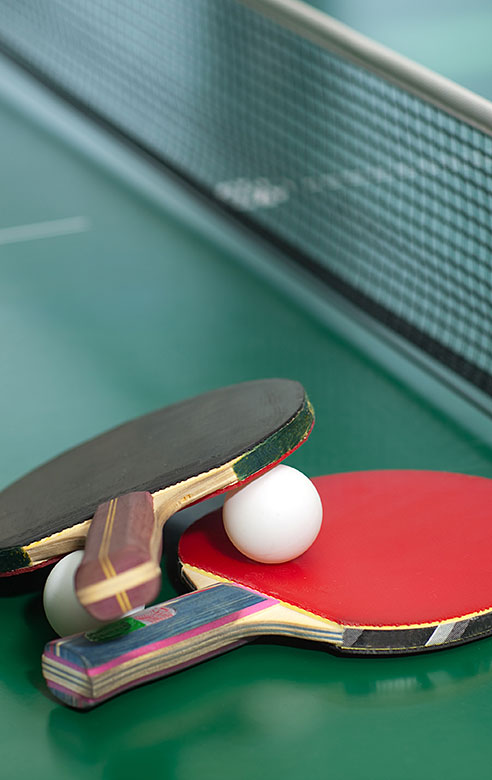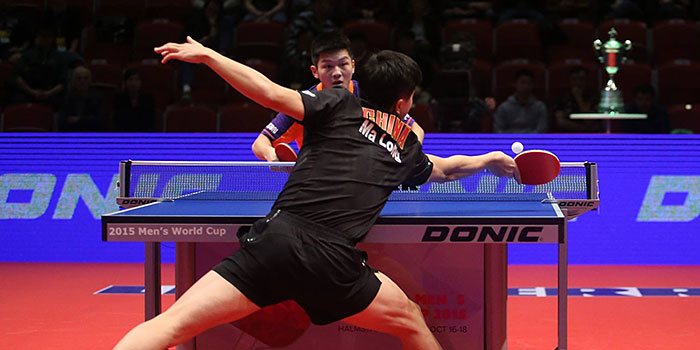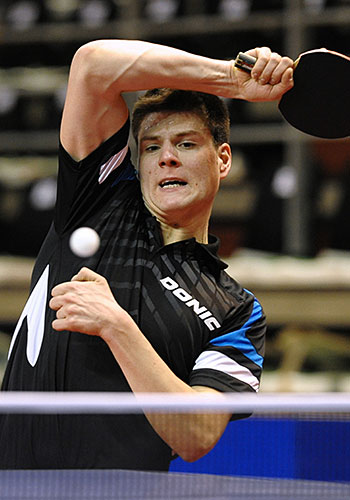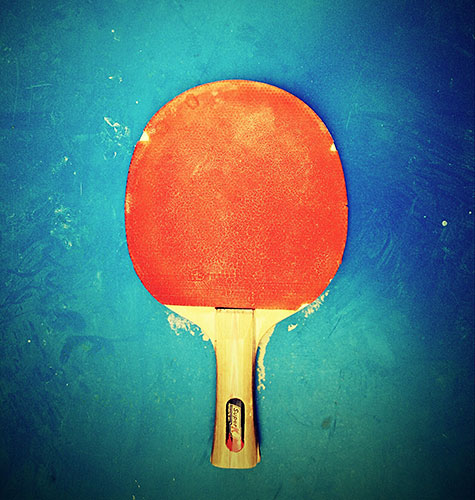



History Of Table Tennis
- ArticlesandContent.com (CIRCA 2005)
- /
- Oct 8, 2021 (written 2005)
Table Tennis can be traced back to the 1880s when the sport was created in Britain. This game served as a popular after dinner game for the elite, but it was not called table tennis or ping-pong at that time.
The history of table tennis reveals that the game parallels the development of the tennis game played on outdoor and indoor courts. Table tennis, sometimes identified as ping-pong, is a game that can be played by two or four players. It involves the use of lightweight table tennis rackets that are used to strike a hollow, lightweight ball over a short net set in the center of the table. The table tennis area looks much like the larger tennis court too. Today, table tennis is a fun and serious game, which is governed by the International Table Tennis Federation; the latter agency was established in the year 1926 and is sometimes identified as the ITTF. This game is even played in the Olympics, and was part of Olympic gaming since the late 1980s.

early ping pong paddles.
Table Tennis: Its Beginnings
Table Tennis can be traced back to the 1880s when the sport was created in Britain. This game served as a popular after dinner game for the elite, but it was not called table tennis or ping-pong at that time. Instead, the upper class that enjoyed the game referred to it as “wiff-waff.” The latter moniker most likely came from the sound the hallow ball makes as it is struck back and forth from one player to another. In addition, early renditions of wiff waff did not involve the use of a net; rather a stack of books was placed in the middle of a table and two books were used as paddles or rackets. The first table tennis balls used were actually golf balls. As the game evolved players began using lids from old cigar boxes and table tennis balls crafted out of corks retrieved from champagne bottles.
Once wiff waff proved popular, it became commercialized. The first commercialized rackets were crafted out of stretched parchment placed upon a special frame. The new sound created by commercialized rackets striking the ball gave rise to the name of “ping-pong.” Early sources suggest that this game was at one time called Gossima. The term ping-pong became quite popular, but it was not trademarked until 1901. The trademark belonged to J. Jaques & Son Ltd, a British manufacturer who made ping-pong equipment. Later, Jaques would sell and transfer the use of the term “ping-pong” to Parker Brothers® in the United States. Around the same time, a table tennis enthusiast, James Gibb, had found celluloid balls when he visited the United States. Gibb quickly learned that the balls were perfect for table tennis gaming. Also in 1901, E.C. Goode created a modernized variation of the ping-pong racket by applying a stippled sheet of rubber of a wooden blade. It was around the same time that tournaments for table tennis were planned, guidebooks on ping-pong were authored, and a year later, in 1902, the very first unofficial world ping-pong championship was organized.
Table Tennis: Its Evolution
Some historians assert that the game of ping-pong was banned in the country of Russia during the 1900s; it was believed at the time that the game caused eye damage. Twenty-one years later, the Table Tennis Association was established in Britain. By 1921, the International Table Tennis Federation was also founded; that same year, in London, the very first official World Championship was hosted too. In the early 1930s, in the United States, another table tennis organization was formed: the US Table Tennis Association, which is presently known as USA Table Tennis.
As time passed and table tennis increased in popularity, even more equipment improvements and changes were made. By the 1950s, rackets that were manufactured with a sponge layer covered by a stippled rubber sheet improved the speed and spin of the table tennis ball. The first manufacturer to create the special rackets was S.W. Hancock Ltd, a British manufacturer. Even later, the addition of speed glue help to increase the speed and spin of the ping-pong ball so much that special changes had to be implemented in order to slow ping-pong gaming down to acceptable speeds. As mentioned earlier, the game eventually became a part of Olympic gaming in the late 1980s. By the year 2000, The ITTF implemented a number of changes to make the game of ping-pong easier to view for the television audience. Changes including upgrading the size of the 38 mm ping-pong ball to a 40 mm ball: the minor increase in size changed the ball’s speed and made it easier for spectators to see. In addition, the game of ping-pong was once based on a 21-point system for scoring; in 2001, the point system was changed to an 11-point system.
There are a number of table tennis variants. One variant includes a game called Large Ball Table Tennis: this game uses a 44 mm table tennis ball instead of the standard 40 mm ball. The larger the ball is, the slower the game proves to be. The use of a larger ball makes it easier for ping-pong players that prefer reduced spin and speed. In addition, some players prefer Hard Bat ping-pong too; this is the type of table tennis played before the use of reversed sponge rubber equipped paddles. The latter game calls for more strategy and planning, which some players find challenging.
Today, the professional game of table tennis is dominated by players from Asian nations like Korea and China; this has been the case since the 1980s. However, during the 1950s and 1960s, Hungarian players proved to maintains the most championship titles, as well as those players from Sweden and France. At some point in the 1960s, Japanese players took the dominant position when it came to winning world competitions, and in the 1980s, Chinese players proved the winners of various ping-pong competitions. Finally, in 1988, in the Olympic Games, Swedish and Korean players proved the most skillful in table tennis competitions.